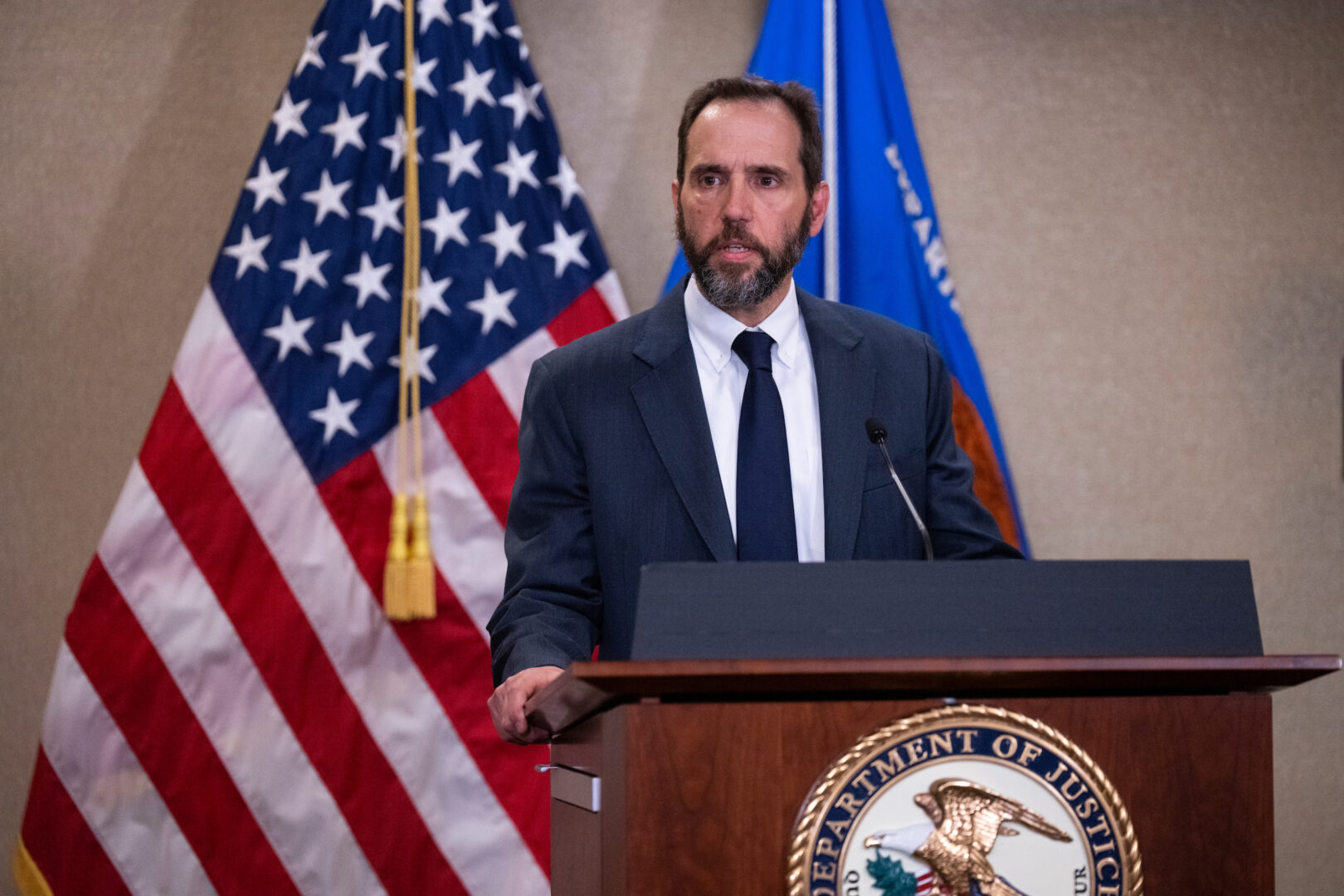Future House Opportunities Abound (Maybe)
It’s no secret that the number of competitive Congressional districts is diminishing, or that the South is becoming more Republican as close-in suburbs in the East and Midwest turn more Democratic.
Nor, for that matter, is it a surprise that the 2004 presidential election, while not quite as close as the 2000 nail-biter, nevertheless duplicated results from four years earlier in all but three states and a handful of Congressional districts.
Be that as it may, these well-established facts — and more — are illuminated by the newest quadrennial “Partisan Voting Index” for the 109th Congress, issued last week by the Cook Political Report.
Developed by Clark Benson and Polidata Inc. for the handicapping operation of Charlie Cook, the updated numbers — based in part on 2004 presidential election results — were released to Cook Political Report subscribers late last week.
The PVI system rates all 435 House districts from the most Republican (Rep. Chris Cannon’s 3rd district in Utah) to the most Democratic (Rep. Jose Serrano’s 16th district in New York’s South Bronx).
In between reside a treasure trove of factoids and emerging trends that could influence the future course of Congressional politics.
“You’re able to watch these districts evolve,” said Amy Walter, the House editor for the Cook Political Report.
The Cook Report has been tabulating the PVI since the 1992 presidential election. The index compares how each Congressional district voted in recent presidential elections compared to the nation as a whole.
The latest set of ratings combine the 2000 and 2004 presidential election results, and have been tweaked to account for redistricting changes that took place since the 2000 Census.
Of the 50 most “Republican” districts in the country, all but three — Indiana’s 5th (represented by Republican Rep. Dan Burton), Indiana’s 4th (represented by Republican Rep. Steve Buyer) and Pennsylvania’s 9th (represented by Republican Rep. Bill Shuster) are west of the Mississippi River, south of the Mason-Dixon line or both.
By contrast, the 50 most “Democratic” House districts in the country are somewhat more balanced regionally, but 41 of the 50 have majority-minority populations and 34 of those districts are represented in Congress by blacks or Latinos.
Still, the numbers show that Democrats can survive in Republican districts, and vice-versa.
Rep. Chet Edwards (D-Texas) is the Democrat currently serving the most Republican district. His Waco-area seat is the 21st most Republican in the country, with a PVI rating of R + 17.7. That means the district gave George W. Bush 17.7 percentage points more of the vote than the nation as a whole did in the 2000 and 2004 presidential elections.
Rounding out the list of top five Democrats serving in GOP districts, based on the latest Cook ratings, are Rep. Jim Matheson (Utah’s 2nd, R + 16.9), Rep. Gene Taylor (Mississippi’s 4th, R + 16.3), Earl Pomeroy (North Dakota’s At-Large, R + 13.1) and Rep. Ike Skelton (Missouri’s 4th, R + 10.8).
Edwards, Matheson and possibly Pomeroy will be on the national Republican hit list in 2006, even though all have repeatedly survived GOP challenges. And while the GOP is unlikely to field tough candidates against Taylor and Skelton, their districts are almost certain to fall into the Republican column whenever they depart.
Meanwhile, Rep. Rob Simmons (Conn.) ranks as the Republican representing the most Democratic House district. Simmons’ 2nd district in east Connecticut had a D + 7.6 PVI rating, and he is expected to face another tough race next year, probably against former state Rep. Joe Courtney (D), the 2002 nominee.
The top five list of Republicans in Democratic districts is rounded out by Rep. Jim Leach (Iowa’s 2nd, D + 6.9), Rep. Mike Castle (Delaware’s At-Large, D + 6.5), Rep. Christopher Shays (Connecticut’s 4th, D + 5.4) and Rep. Jim Nussle (Iowa’s 1st, D + 4.8).
Simmons and Shays are expected to be heavily targeted by the Democrats in 2006, and Nussle is running for governor next year, leaving his open seat subject to a pitched battle between the two parties (and competitive primaries as well). Leach survived a scare in 2002 but seems safe for now, while Castle has never faced a stiff challenge since winning his seat in 1992.
But even if these districts represent some hope for expanding the Democratic Caucus, their other opportunities are few and far between, according to the Cook report’s analysis. Right now, 203 districts are essentially locked down by one party or another, with the number of potentially competitive districts swiftly diminishing. By contrast, in the 1990s, 154 districts were safe for one party or the other.
Data collected from the 1992 and 1996 presidential elections showed 67 House districts that came close to matching the national presidential results. In the latest PVI, there were just 38.
“There are fewer swing seats,” Walter said. “There are more districts that are more heavily Republican or more heavily Democratic.”
These 38 districts in which voters split more or less evenly between Bush and the Democratic presidential nominees in 2000 and 2004 could represent some opportunity for the Democrats in the future. Twenty-two of the 38 most potentially competitive seats by the Cook ratings are held by Republicans, and most of those are in suburban districts in the Midwest and on the East Coast — precisely the kind of districts where Democrats have been gaining ground since the 1990s.
So while Reps. Steve Chabot (R-Ohio), Tom Davis (R-Va.) and Deborah Pryce (R-Ohio) appear safe for now due to incumbency and other factors, their districts could be in play whenever they move on. Each was rated R + 1 in the latest Cook index.
The closeness of New York’s 13th district in national elections — it rates a D + 1 — helps explain why the Democratic Congressional Campaign Committee is targeting Rep. Vito Fossella (R) this cycle, even though he has never received less than 59 percent of the vote.
By the same token, the PVI shows many Southern districts trending ever more Republican.





